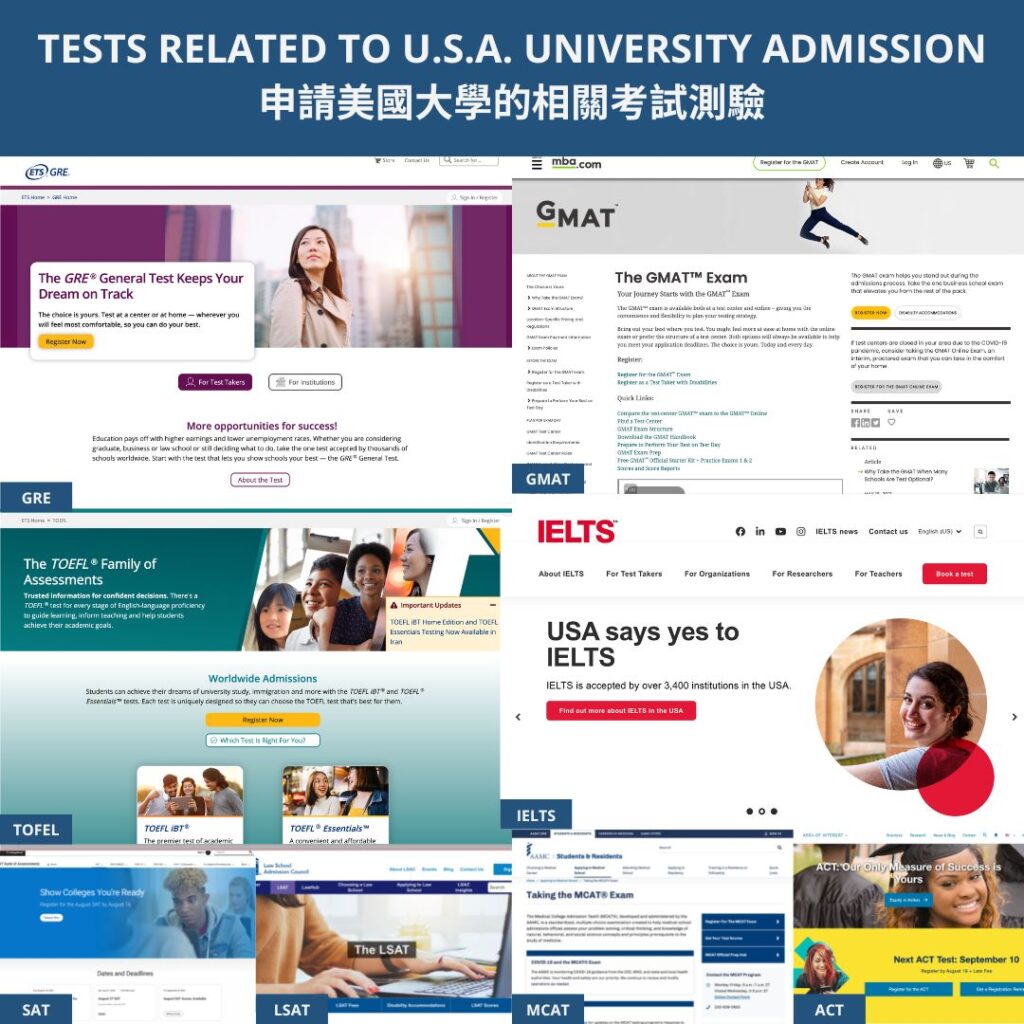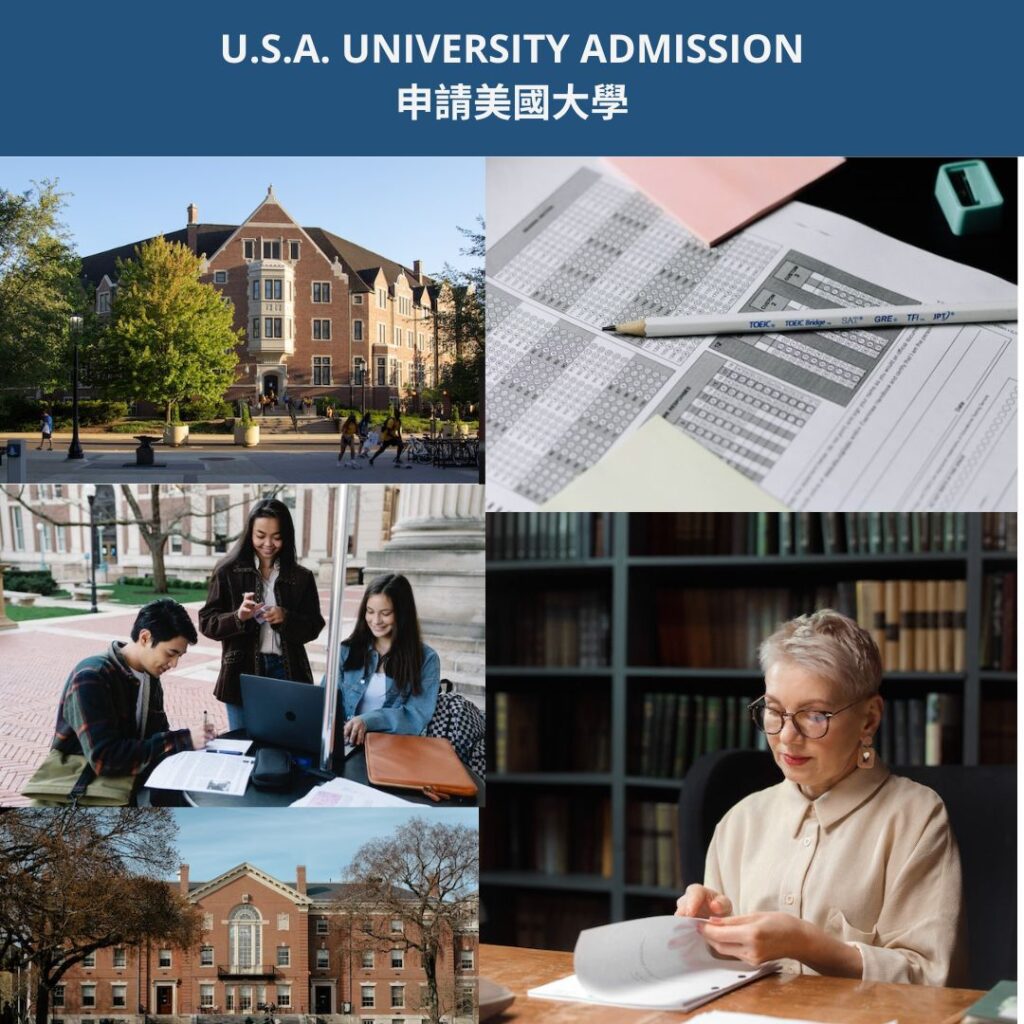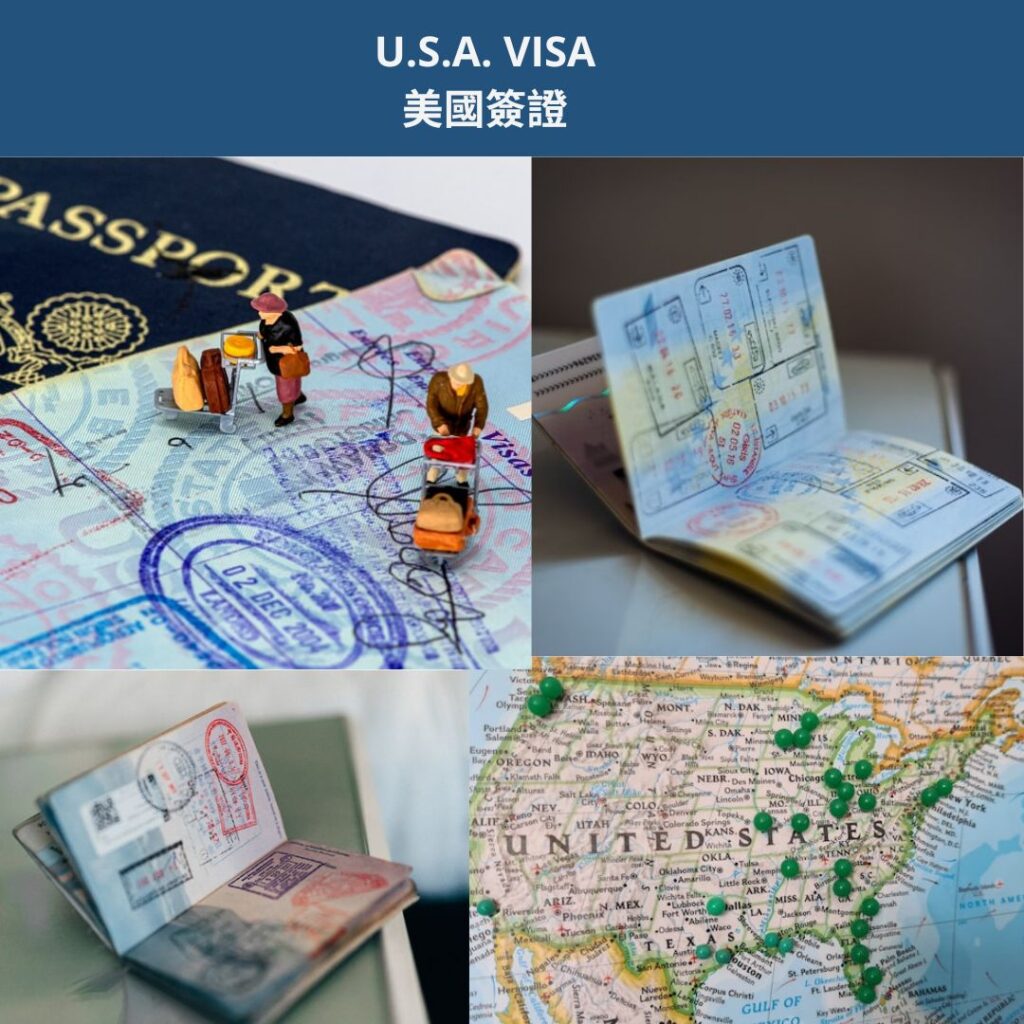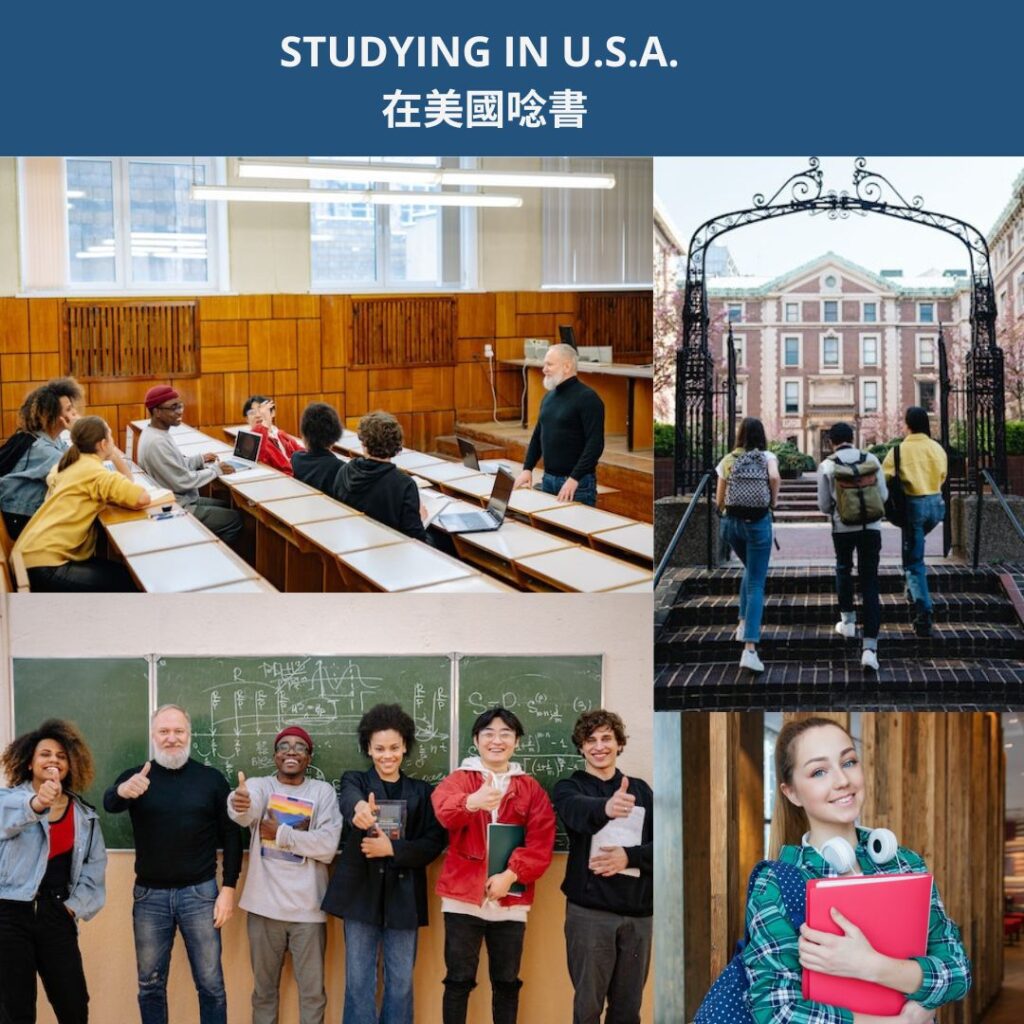Congratulations on nearly finishing your current studies and am now planning your future! As a foreign student who wants to study abroad in America, there are a few things you would need to consider when making your decision on whether to come to the U.S.A. to obtain higher education. This following article will be discussing what international students (F1 visa students, J1 visa students, M1 visa students) need to know and think about before coming to the U.S.A. to study.
Table of Contents
Watch Video Version
Watch the video version on what international students (F1 visa students, J1 visa students, M1 visa students) need to know and think about before coming to the U.S.A. to study.
Taking Required Exams & Applying For U.S. University
Take Required U.s. University Admission Exams
The first thing international students need to do to apply for a U.S. university is to take all the exams required by the school’s educational program. Exams that you are required to take differ on what type of degree you are applying for. For example, high school students need to take the SAT or ACT to apply for U.S. universities, college students need to take GRE for grad school such as a Master’s degree, and students who wants to be in business school such as MBAs would need to take GMAT.
International students (F1 visa students, J1 visa students, M1 visa students) usually will be required to also take additional English exams such as TOEFL or IELTS.

Apply To U.S. University
After taking the required exams to apply for a U.S. university, you would then start preparing your application package to the U.S. school. The application package to U.S. universities usually includes the completed online application form, high school degree or college degree, academic transcripts, exam scores (GMAT, GRE, SAT, ACT, TOEFL, IELTS, MCAT, LSAT), resume, statement of purpose, recommendation letters…etc.
U.S. University Application Season
U.S. colleges usually open their admission process in the Fall around August or September. October to December are usually the busiest months for U.S. university admissions. International students who want to apply for U.S. graduate degrees (such as a Master’s degree) should be applying during the fall before coming to study in the U.S.A. Most top U.S. universities start its classes in the fall term. However, it is still possible that college semesters start in the spring or summer term.
U.S. University’s Rolling Admission V.S. Regular Admission
Also, you should also keep an eye out on whether the U.S. university’s educational program is based on a “rolling admission” which means that the application will be reviewed when they are submitted and spots will be filled on a first come first serve basis. In comparison, U.S. universities with “regular admissions” would wait until after the application deadline to evaluate all the applications received.

U.S.A. University’s Reputation and Ranking
After receiving your acceptance letters from the U.S. universities that you applied to, you now have to decide which U.S. school you would like to study in. In America, the U.S. university’s overall ranking may not always be the most important factor when deciding whether it is the best school for you.
Some other important factors that as an international student choosing a U.S. university degree program, you should be thinking about are:
- Where you would like to eventually live
- The reputation of the U.S. university in the location that you would like to eventually live
Reputation Of U.S. School In Regional Location
The reputation of the U.S. university is an important factor in when international students (F1 visa students, J1 visa students) decide which U.S. university to go to. The national reputation and ranking of the U.S. university is very important but the regional reputation is important as well, especially if you plan on getting an internship or job in the U.S.A. in the future.
The United States is very big and graduates of the U.S. universities tend to stay in the same area to work after they finish school, which also means that there would be more alums working in companies in that area. In most cases, graduates from the school would tend to help each other, so when you are trying to find an internship for the summer or work during your OPT, it would be easier to do that in companies located closer to your U.S. university. For example, a graduate from NYU looking for a job in the bay area may not be as preferential as a graduate from Santa Clara University, even though NYU’s overall national ranking is higher than Santa Clara University.
Lifestyle Differences Within The U.S.A.
The culture, lifestyle, and weather differ drastically among the states and cities in the United States of America. Even neighborhoods within the same City can feel very different. For example, New York City usually has a more fast-paced lifestyle than Los Angeles City; and when you live in Los Angeles, the type of people you see living in the Hollywood neighborhood area may feel very different to the people in the Century City neighborhood.
U.S. Cities Cultural and Lifestyle Differences
Also, some parts of the U.S.A. (such as Alabama, Mississippi, Tennessee) are very religious and for people who do not share the same beliefs, you may want to avoid universities in those states due to the differences. In comparison, San Francisco city is famous for its open-minded liberal culture, so international students who are a part of the LGBTQ community may adjust better in this San Francisco than a small town in the state of Mississippi.
U.S. Cities Industry Differences
Furthermore, different cities in the U.S.A. can be focused on different industries, which is a very important factor on where you would want your U.S. university located. For example, if you are in business school, you may want to choose a U.S. university located in New York City instead of Los Angeles, because New York City is more focused on the financial industry (i.e., wall street is here) and Los Angeles is more focused on the entertainment industry. Or if you are an engineer, you may want to choose a U.S. university located in the bay area (i.e., San Francisco, North California) because that location is focused on the tech industry.
Weather Differences in the U.S.A.
The weather differs drastically among different states and cities in the United States of America. For example, winters are very cold and summers are very hot in New York City; winters and summers are pretty breezy in San Francisco City; winters and summers are considered moderately warm in Los Angeles City.
In conclusion, due to the multiple reasons listed above, an international student (F1 visa students, J1 visa students, M1 visa students) who is planning to come to study in the U.S.A. must take into consideration the culture, lifestyle, and weather of the U.S. school’s geographical location when picking a school to go to.

Getting Your Student Visa Approved At The U.S. Consulate, Embassy, Or AIT
After deciding on which U.S. university you would like to enroll in the U.S.A., you would then need to schedule an interview appointment with the local U.S. consulate, embassy, or AIT (for Taiwanese International Students) in your home country. Follow the instructions of your U.S. university and the local U.S. consulate, embassy, or AIT (for Taiwanese International Students) for your U.S. student visa application.
During your U.S. student visa application interview at the U.S. consulate, embassy, or AIT (for Taiwanese International Students), the U.S. immigration officer will ask you basic questions about yourself, your U.S. university and educational degree program, and why you are going to the U.S.A.
F1 student visas, M1 student visas, and J1 exchange student visas only allow foreigners to come to the U.S.A. to study, which means that you cannot have motives other than just studying in the U.S.A. to get approved for the student visa. In other words, if the U.S. immigration officer thinks you are going to use the F1 student visa, M1 student visa, or J1 exchange student visa to work or permanently live in the U.S.A., you will be denied for the U.S. student visa.
Understand That It May Be Hard To Get A Work Visa To Stay In The U.S.A. After Graduating
Most international students graduating (F1 visa students, J1 visa students, M1 visa students) from a U.S. school will get a period of time (OPT, PT, AT) where they can work legally in the United States of America. For example, F1 visa students will usually get a 1 year of OPT (or 3 years for STEM OPT) where they can work in a job position that is related to their degree, such as a Master’s Degree in Computer Science for a game network engineer at Apple.
After the OPT expires, the international student must then have a work visa (H1 visa, L1 visa, TN visa, O1 visa, P1 visa, E1 visa, E2 visa, E3 visa) or green card (EB1 visa, EB2 visa, EB3 visa, EB4 visa, EB5 visa) to legally work in the U.S.A. Most work visas and green cards require a U.S. company to sponsor the visa application for the foreign person. So, it is crucial for international students to find a U.S. company that is willing to sponsor a work visa for them so they can continue to work after their OPT expires.
However, it is not always easy to find a U.S. company that is willing to sponsor an international student (F1 visa students, J1 visa students, M1 visa students) to stay after their OPT, AT, PT expires. Some reasons might be because it takes additional work and money to do so and some U.S. employers might not be very well educated on how to hire foreign workers.
Generally, students in STEM may have better luck when finding work and a visa sponsoring employer in the U.S.A. after graduation, however, it is not guaranteed. So, as an international student (F1 visa students, J1 visa students, M1 visa students), you may also want to factor in the difficulty of being able to work in the U.S.A. after graduating from a U.S. university.

Safety Issues & Housing Situations
The U.S.A. compared to other countries in the world, is usually considered relatively unsafe especially with guns being legal in the U.S.A. As an international student (F1 visa students, J1 visa students, M1 visa students) coming to the U.S.A., you need to be very careful about where you are going to live because there are neighborhoods that are very unsafe here. Please read “A Guide to Searching and Renting Apartment or Houses in the U.S.” and “International Student Preparation Checklist Before Studying In The U.S.A.” for information on safety issues related to housing in the U.S.A.
Joining A Fraternity or Sorority of U.S. University
If you are an international student coming to study in the U.S.A. as an undergraduate, you can join a Fraternity or Sorority to get the full college “Greek Life” experience. Most people join a Fraternity or Sorority at the start of their first semester in college. It is a unique cultural experience, however, international students please make sure of your own safety when participating in Fraternity or Sorority recruitments and orientations due to numerous unsafe incidents that have been reported in the past.

RELATED ARTICLES
- H1B Work Visa (Specialty Occupations)
- Employment-Based Green Card Overview (Lawful Permanent Resident)
- Family Based Green Card Overview
- Marriage Based Green Card (IR1 / CR1 / F2A)
- Useful Apps to Download While Living in the U.S.
- A Guide to Moving in the United States of America (USA)
- A Guide to Searching and Renting Apartment or Houses in the U.S.
- A Guide for International Students Studying in the U.S.
- A Checklist of Things that an International Student Should Prepare Before Coming to the U.S.
- A Checklist of Things that an International Student Would Need After Arriving to the U.S.
- A Guide to Grocery Shopping in the United States of America (USA)
- Shopping Luxury or Designer Goods While in the Living in the U.S.

